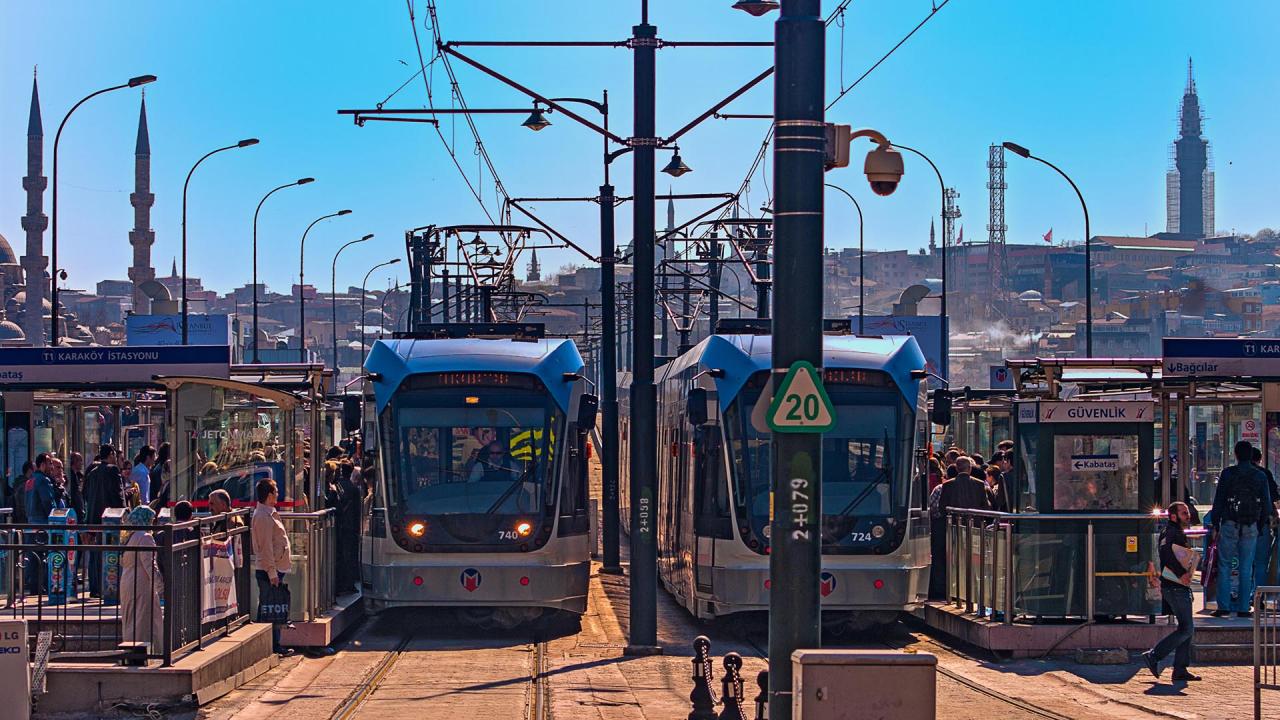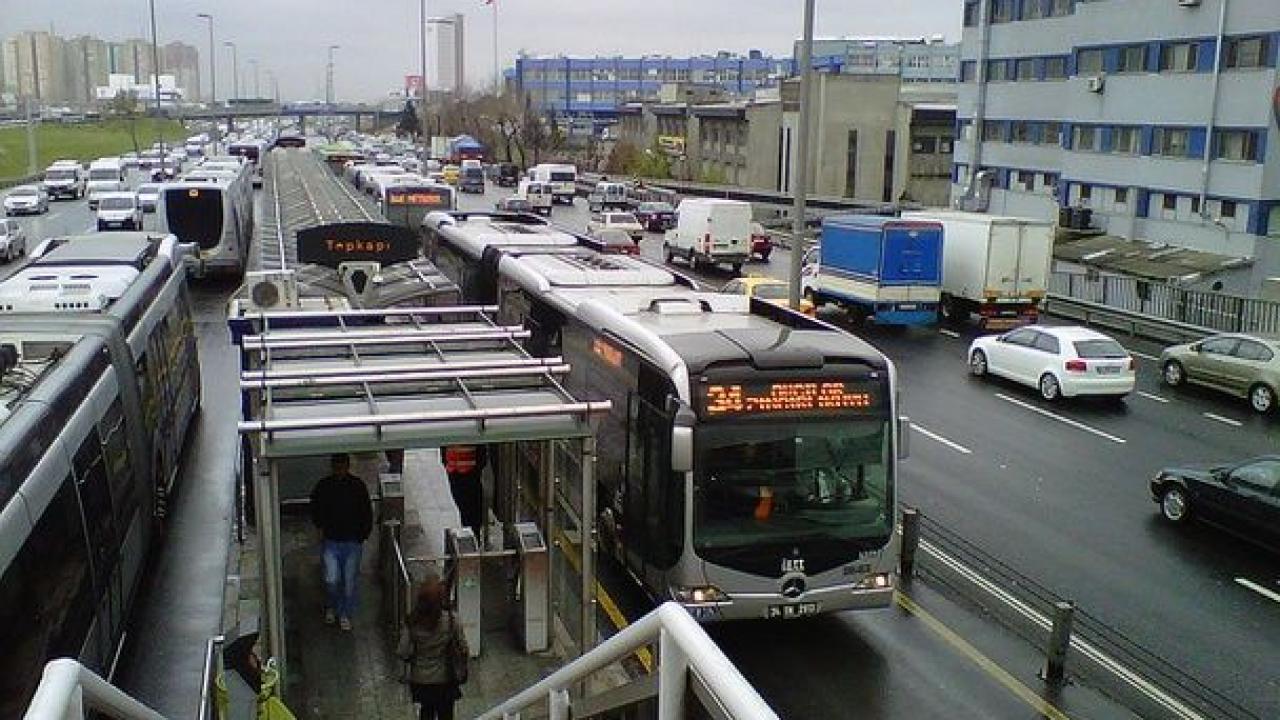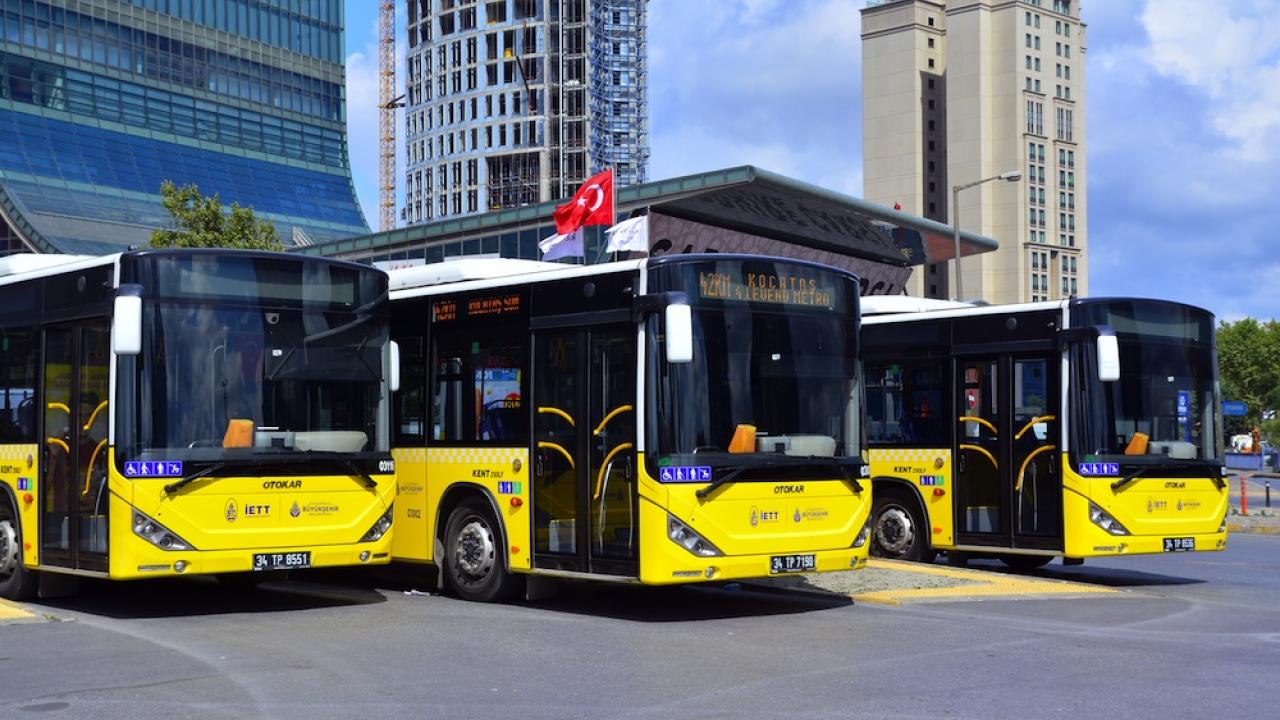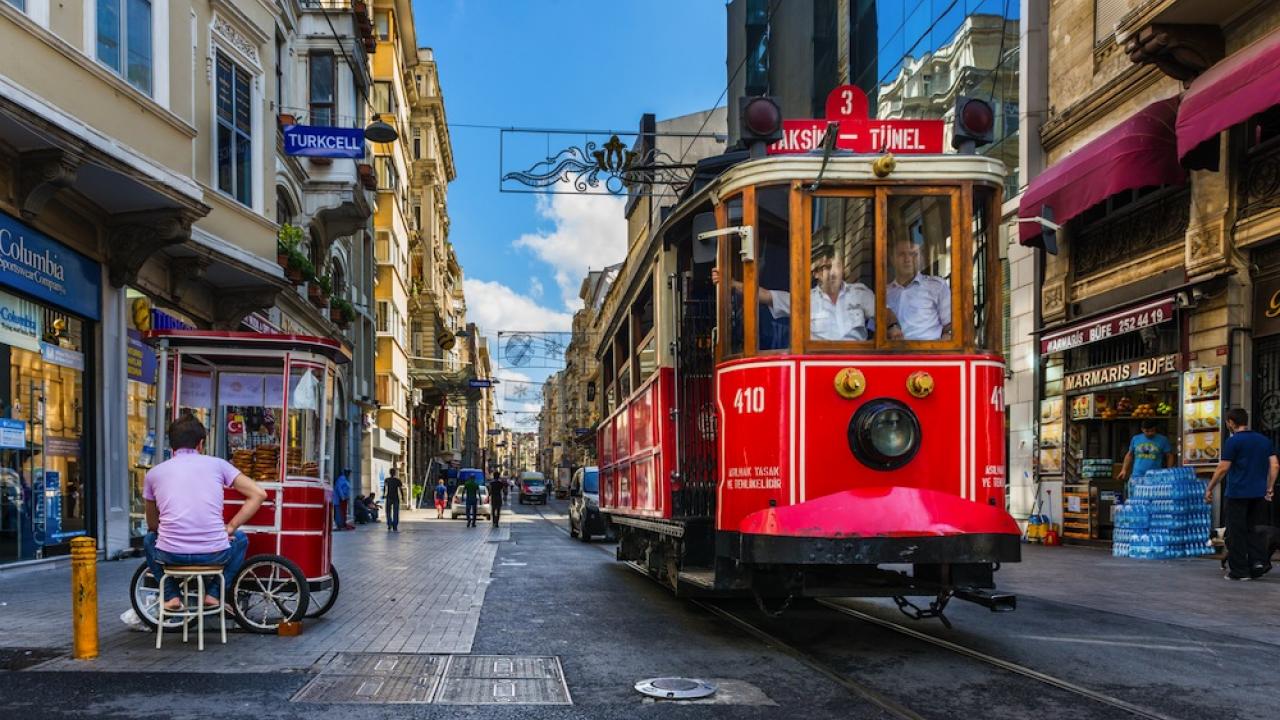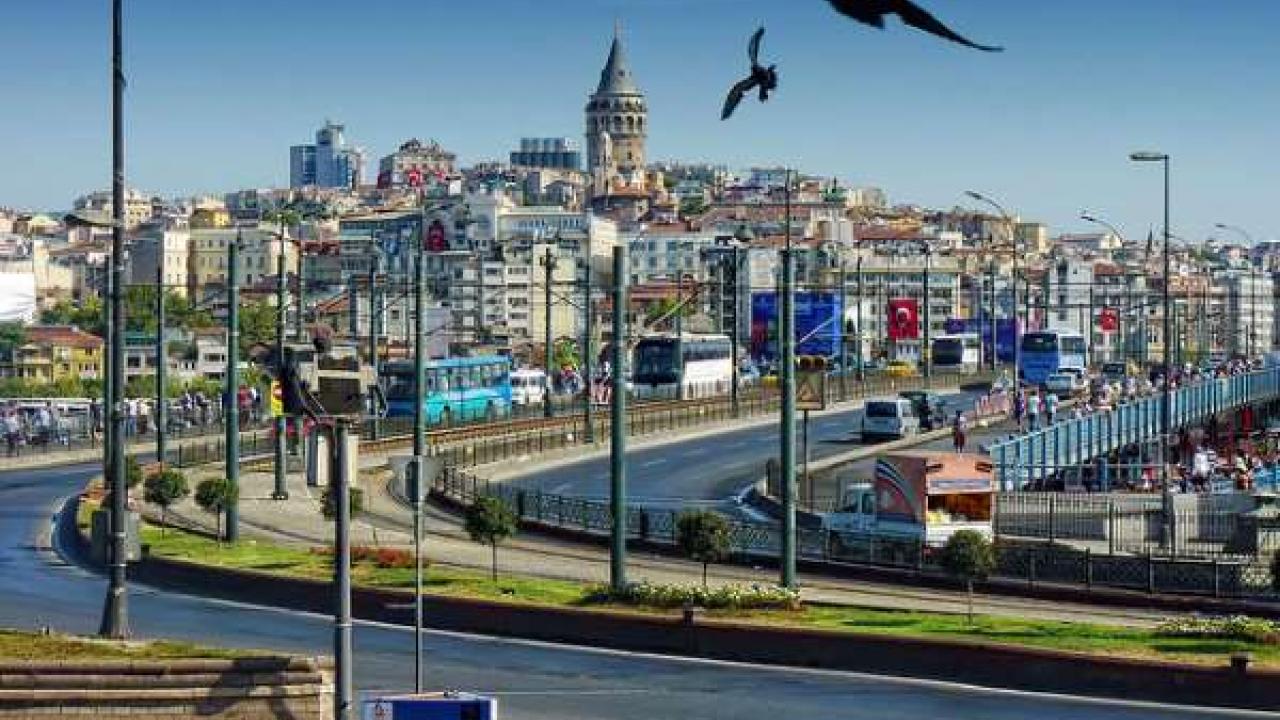Friday, June 1, 2018
Transport as a key factor in Turkey - Urban transport
Further to our article in March on the importance of transport in Turkey, we now wish to address major internal connections in the country's urban nuclei. Obviously a country with a population of some 80 million has several large urban nuclei. There can be no doubt whatsoever that pride of place goes to Istanbul, with a population of 15 million accounting for more than 18% of the entire country's inhabitants. But there are other large urban conglomerations besides the former city of Constantinople, such as the capital Ankara, with over 5 million inhabitants, Izmir with just over 4 million, and others such as Bursa, Adana, Konya or Antalya.
Naturally, for years all these capitals have required and enjoyed an urban rail transport system to suit the country and the needs of their inhabitants. Turkey, however, has always been one step ahead in relation to these needs, and so at a glance we can see that all the cities have a network of connections which is the envy of many locations around the world.
For example, in addition to its BRT systems, buses, funiculars and other means of transport, Istanbul has 6 metro lines (and another 3 now being built or planned) and 4 main tram lines, all operated by Metro Istanbul. Ankara, meanwhile, also has bus lines run by EGO and a light metro line owned by Ankaray and EGO, in addition to 4 conventional metro lines (with plans for another 2 lines). Izmir, as another example of a fully connected city, has several suburban transport lines, including those operated by IZBAN, a metro line and 2 tram lines run by Izmir Metro.
As is the case in the state network, for some years now it has been commonplace to find Turkey featured in urban transport news - the inauguration of new lines, purchases of new rolling stock, or political decisions to continue to add to an infrastructure which is already quite extensive.
We also have every confidence in the future of LANDER concerning urban transport in Turkey, particularly at a time when it would seem railway training is becoming much more important there. We therefore intend to continue our work on the connection between Europe and Asia, hopefully contributing our technology and assisting Turkish governments in driving transport and communications.
